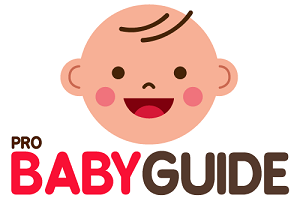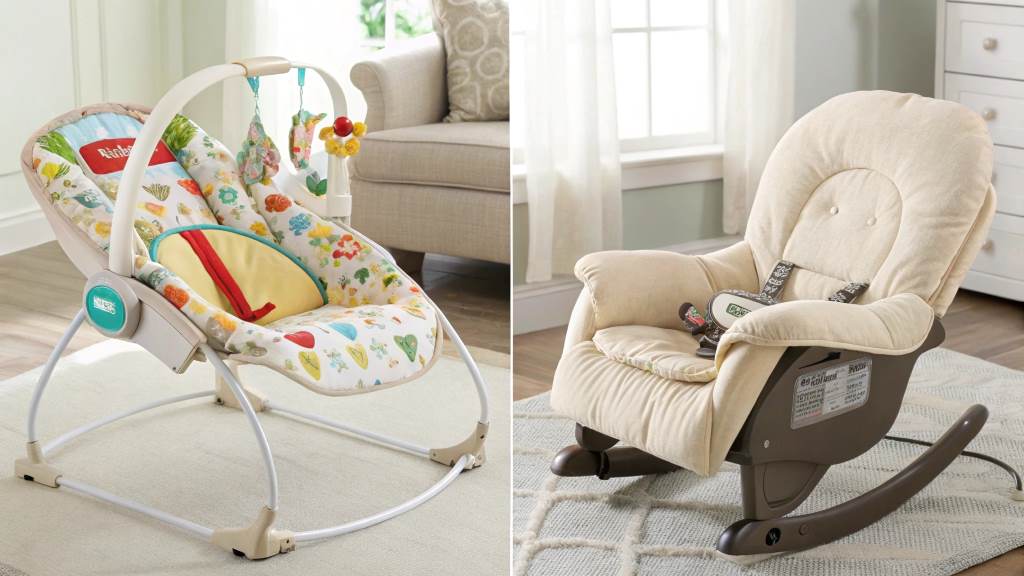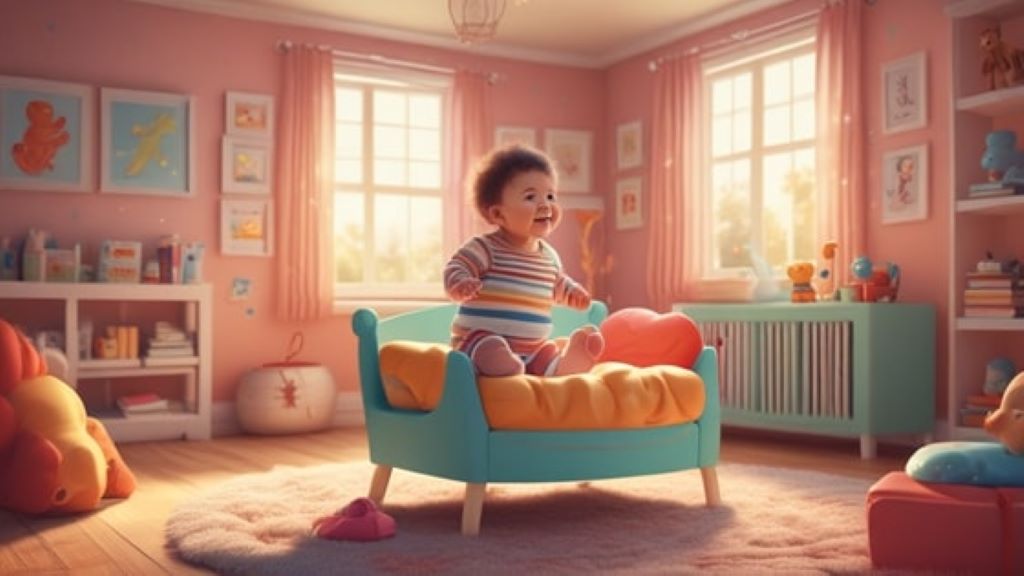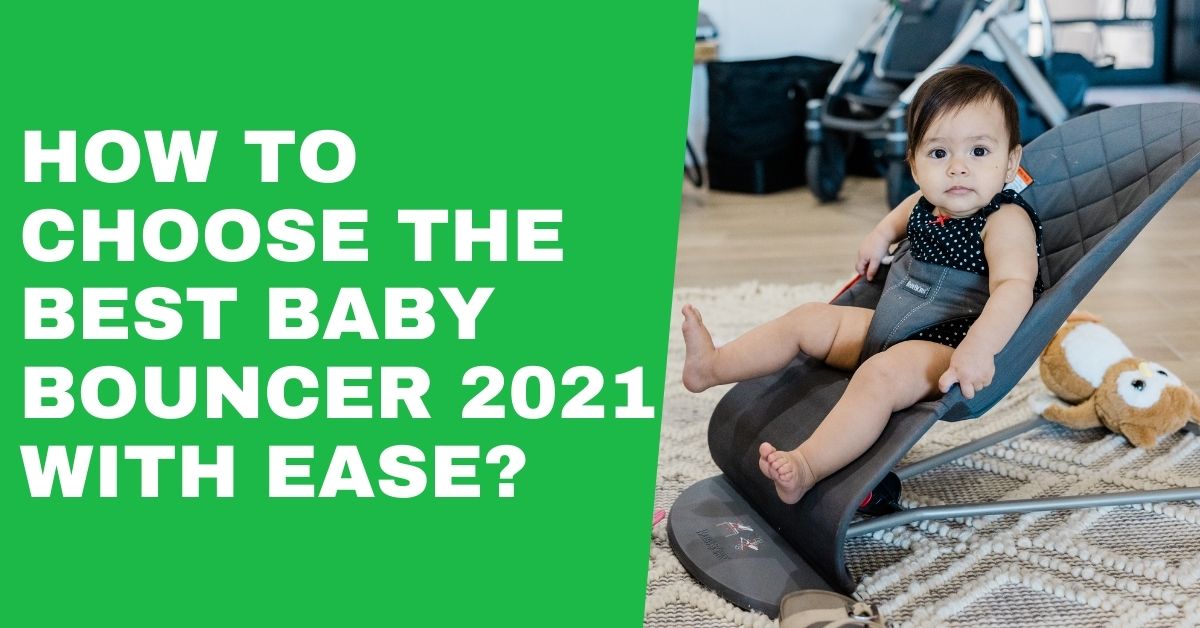The arrival of a baby brings a whirlwind of joy, coupled with a flurry of decisions, especially concerning their comfort and safety. Among the most common dilemmas faced by new parents is choosing between a baby bouncer and a rocker. Both promise to soothe and entertain your little one, but each offers distinct features and benefits. Understanding these differences is crucial for making an informed choice that aligns with your baby’s needs and your lifestyle.
Understanding the Core Functionality: Bouncer vs. Rocker Defined
A baby bouncer, at its essence, is designed to bounce with the baby’s natural movements. Typically, it features a contoured seat suspended on a frame with a spring mechanism or a flexible frame that allows for gentle, rhythmic bouncing. This motion is often initiated by the baby’s kicking or wiggling, fostering a sense of cause-and-effect and encouraging motor development. On the other hand, a baby rocker usually features a curved base that allows for a smooth, back-and-forth rocking motion. Some rockers can be manually pushed by a parent, while others may have a motorized mechanism for continuous rocking. This motion can be exceptionally soothing, mimicking the gentle sway babies experienced in the womb.
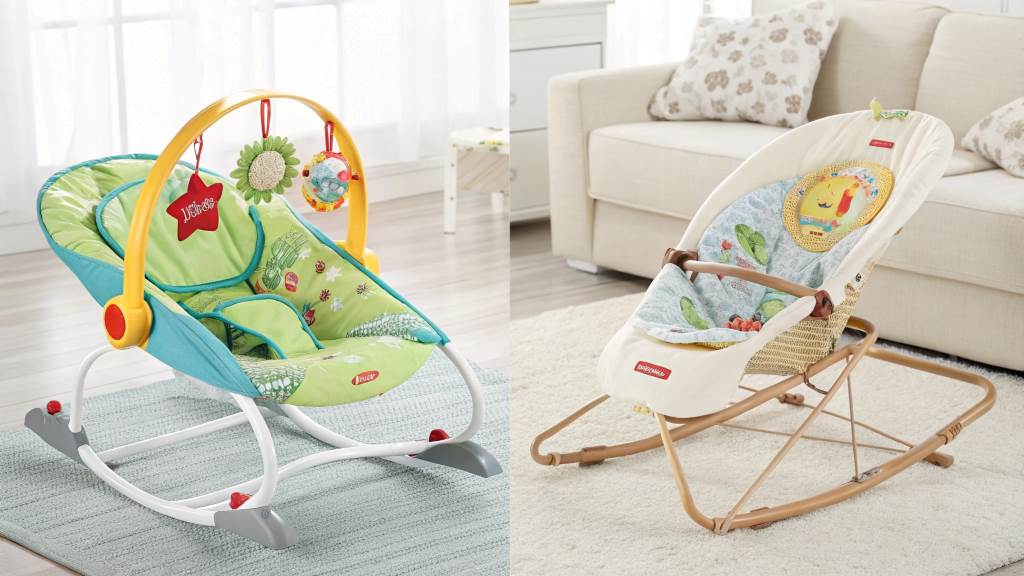
The Bounce Factor: Exploring the Benefits of a Baby Bouncer
The primary advantage of a baby bouncer lies in its interactive nature. The baby’s movements directly translate into a bouncing motion, which can be both entertaining and stimulating. This encourages physical activity and helps strengthen leg muscles. The bouncing motion can also be a fantastic way to release pent-up energy, particularly for babies who are naturally active. Many bouncers come equipped with toy bars or musical features, further engaging the baby’s senses and promoting cognitive development. These features can provide valuable stimulation during awake time, keeping the baby entertained and content.
Furthermore, bouncers are typically lightweight and portable, making them easy to move around the house. This portability allows parents to keep their baby close while performing household chores, ensuring constant supervision. They are also generally more compact than rockers, making them ideal for smaller living spaces. The simplicity of a bouncer’s design often translates to easier cleaning and maintenance, a significant advantage for busy parents.
The Rocking Realm: Delving into the Soothing Power of a Baby Rocker
Baby rockers excel in their ability to soothe and calm fussy babies. The gentle, rhythmic rocking motion can be incredibly effective in lulling babies to sleep or calming them during periods of distress. This can be a lifesaver for parents struggling with colicky or restless babies. The consistent, predictable motion of a rocker can create a sense of security and comfort, promoting relaxation and sleep.
Many modern rockers come with advanced features such as multiple rocking speeds, vibration settings, and built-in music or white noise. These features allow parents to customize the experience to suit their baby’s preferences and needs. Some rockers even offer incline adjustments, making them suitable for babies with reflux or congestion. The motorized options provide hands-free operation, allowing parents to attend to other tasks while their baby is being soothed.
Rockers are also often designed with plush, comfortable fabrics and padded seats, providing a cozy environment for the baby. This added comfort can be particularly beneficial for newborns and younger infants who require extra support.
Safety Considerations: Prioritizing Your Baby’s Well-being
Regardless of whether you choose a bouncer or a rocker, safety should be your paramount concern. Always ensure that the chosen product meets current safety standards and is appropriate for your baby’s age and weight. Look for features such as a sturdy base, a secure harness, and non-slip feet. Never leave your baby unattended in a bouncer or rocker, and always supervise them closely.
It’s also important to consider the baby’s developmental stage. Newborns and very young infants may benefit more from the gentle rocking motion of a rocker, while older babies who are more active may enjoy the bouncing action of a bouncer. Pay attention to your baby’s cues and preferences, and adjust your choice accordingly.
Lifestyle and Practicality: Making the Right Choice for Your Family
Your lifestyle and practical considerations also play a significant role in determining whether a bouncer or rocker is the better fit. If you frequently travel or move around the house, a lightweight and portable bouncer may be more convenient. If you have limited space, a compact bouncer may be a better option.
On the other hand, if you prioritize soothing and calming your baby, particularly during sleep times, a rocker with advanced features such as motorized rocking and vibration may be more beneficial. Consider your budget as well, as prices can vary significantly depending on the features and brand.
A Hybrid Approach: Combining the Best of Both Worlds
Some manufacturers offer hybrid products that combine the features of both bouncers and rockers. These versatile options can transition from a bouncer to a rocker, providing the best of both worlds. These products can be a great investment, especially if you’re unsure which option your baby will prefer.
People Also Ask (FAQs):
Q: At what age can I start using a bouncer or rocker?
A: Most bouncers and rockers are suitable for newborns and infants up to a certain weight limit, typically around 20-25 pounds. Always check the manufacturer’s recommendations for specific age and weight guidelines. Some rockers may be suitable for older babies and toddlers as well.
Q: How long can my baby stay in a bouncer or rocker?
A: It’s generally recommended to limit the time your baby spends in a bouncer or rocker to no more than 30 minutes at a time. Prolonged use can restrict movement and hinder development. Always supervise your baby and ensure they have ample tummy time and floor play.
Q: Are bouncers or rockers safe for sleeping?
A: While rockers can be helpful for soothing babies to sleep, they are not intended for prolonged sleep periods. The safest sleep environment for babies is a firm, flat surface such as a crib or bassinet. Never leave your baby unattended to sleep in a bouncer or rocker.
Q: Can a bouncer or rocker help with colic?
A: The gentle motion of a rocker can be particularly soothing for colicky babies. The consistent, rhythmic rocking can help calm them and alleviate discomfort. However, it’s essential to consult with your pediatrician for advice on managing colic.
Q: What features should I look for in a bouncer or rocker?
A: Look for features such as a sturdy base, a secure harness, non-slip feet, adjustable recline, multiple rocking speeds or bounce settings, vibration, music or white noise, and removable and washable fabric. Consider your baby’s age, weight, and preferences when making your selection.
Q: Are motorized rockers worth the extra cost?
A: Motorized rockers offer hands-free operation, which can be a significant advantage for busy parents. They provide consistent, automated rocking, allowing you to attend to other tasks while your baby is being soothed. If your budget allows, a motorized rocker can be a worthwhile investment.
Q: How do I clean a bouncer or rocker?
A: Most bouncers and rockers have removable and washable fabric seats. Follow the manufacturer’s instructions for cleaning. Use a mild detergent and avoid harsh chemicals. Wipe down the frame with a damp cloth.
Q: Can a bouncer or rocker help with reflux?
A: Some rockers offer incline adjustments, which can be helpful for babies with reflux. The elevated position can help prevent stomach acid from flowing back into the esophagus. However, it’s essential to consult with your pediatrician for advice on managing reflux.
Conclusion: Tailoring Comfort to Your Baby’s Unique Needs
Ultimately, the choice between a baby bouncer and a rocker depends on your baby’s individual needs, your lifestyle, and your preferences. Both products offer valuable benefits, and the best choice is the one that provides the most comfort and support for your little one. By carefully considering the features, safety aspects, and practical considerations, you can make an informed decision that ensures your baby’s well-being and happiness. Remember to prioritize safety, supervise your baby closely, and consult with your pediatrician for any concerns. With the right choice, you can create a soothing and stimulating environment that fosters your baby’s development and brings joy to your parenting journey.
